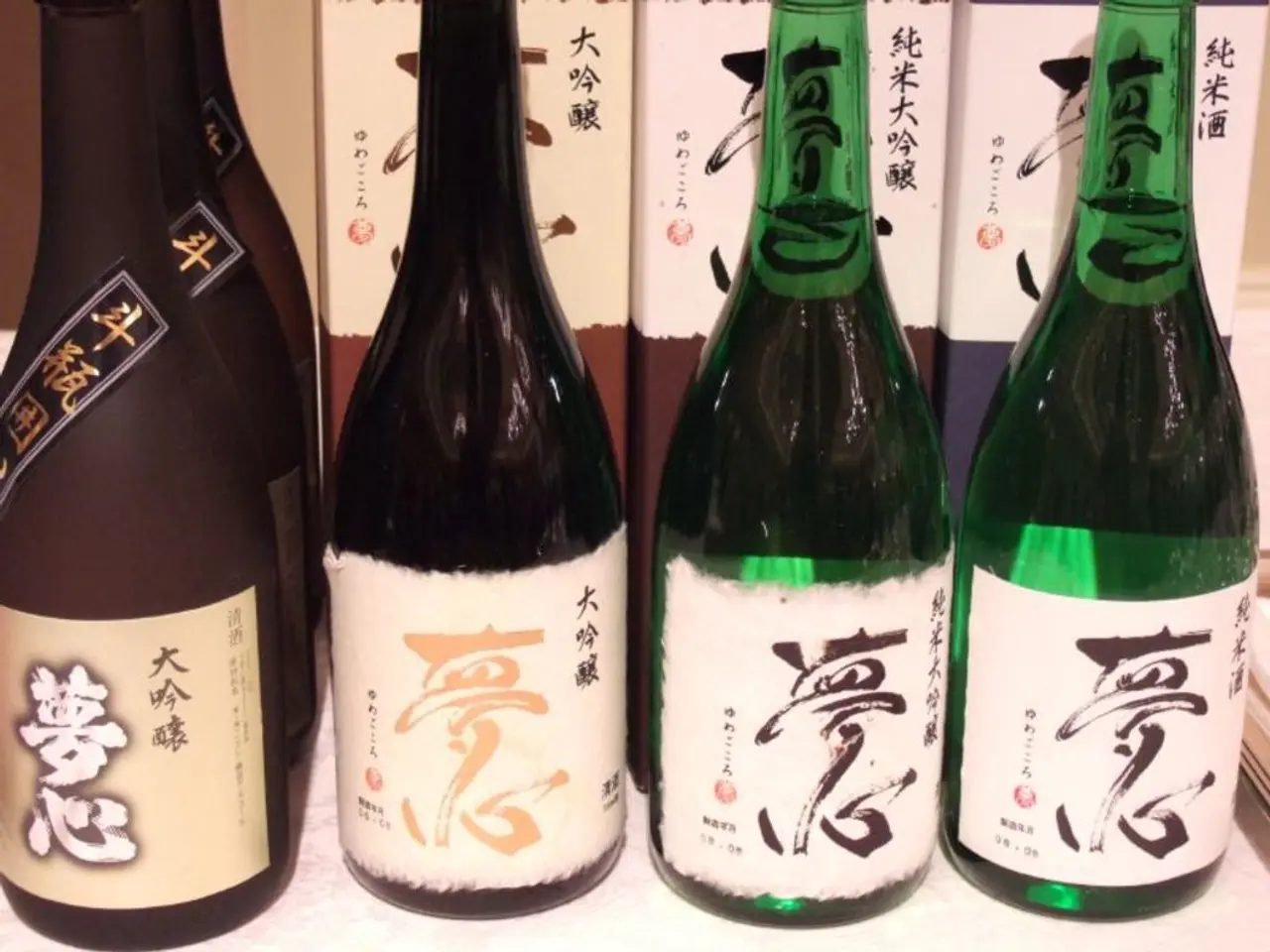Favorable temperatures for the production of English wines, despite the high heat levels
English Vineyards Adapt to Changing Climate
The English wine industry is facing new challenges and opportunities as a result of climate change. According to Laura Robinson, owner of Burn Valley in Norfolk, her vineyard expects an increased yield of 25 tons of grapes from four hectares, with an increase in sugar content. This optimistic outlook is shared by Beth Pearce MW, head of buying at Flint Wines, who also anticipates a positive impact of the current summer on English wines.
However, the warmer temperatures and earlier bud break pose a risk of damaging spring frosts. To mitigate this, farmers like Laura are resorting to late pruning to delay bud break and reduce the risk of frost damage.
Wetter conditions also raise the threat of mildew and other diseases, complicating vineyard management and risking quality consistency. Extreme weather events, including heatwaves, frost, and drought, disrupt traditional grape ripening cycles, forcing growers to reconsider when and how to harvest.
These challenges are not unique to England. Traditional winemaking regions worldwide face existential risks, with up to 70% potentially lost from climate change effects. This highlights the vulnerability of conventional grape varieties like vitis vinifera, which are also grown in England.
Despite these challenges, the English wine industry is not without hope. Selection and propagation of vines genetically adapted to emerging climate norms is a promising approach. English growers are selecting resilient vines from existing old vineyards to plant varieties better suited to shifting conditions.
Hybrid grape varieties that tolerate extreme weather better than traditional European grapes may provide more resilience and sustainability to English and other cool climate vineyards. While consumer acceptance remains a challenge, these varieties offer a potential solution for the industry.
Expanding vineyards in emerging cooler regions like England is an opportunity created as warmer climates make these regions more viable for quality grape growing, especially for varieties like Pinot Noir that thrive in cooler conditions.
Sustainability actions are increasingly integrated into vineyard management. Examples include reducing CO2 emissions, employing renewable energy, and lighter bottle designs to mitigate environmental footprint while responding to climate change.
The English wine industry is evolving, with the area planted with vineyards growing by 510% in 20 years to nearly 12,000 acres. The industry employs approximately 3,300 full-time workers and boasts 238 registered wineries. WineGB's annual report shows a healthy picture for the industry, with an increase of 74 vineyards and 99 varieties of grapes now grown in English vineyards.
However, the industry faces increased costs due to National Insurance contributions, higher alcohol duty, and the general cost of living. WineGB is calling for wine tourism relief, improved grants for equipment, marketing, and research, and protected classification of British wine. WineGB's chief executive, Nicola Bates, urges the Government to provide necessary support to the industry.
James Fisher, the Digital Commissioning Editor of a popular platform, expresses a desire to publish good stories about the English wine industry. He can be contacted for story submissions.
References:
[1] Climate change and the English vineyard: challenges and opportunities. (2021). Viticulture & Enology, 63(3), 229-237.
[2] New varieties for a changing climate: the potential of hybrid grapes in cool climate regions. (2020). American Journal of Enology and Viticulture, 71(3), 481-490.
[3] Sustainability in the English wine industry: current practices and future perspectives. (2019). Journal of Cleaner Production, 214, 114-123.
[4] Cool climate viticulture and winemaking: challenges and opportunities. (2018). Journal of Wine Research, 39(3), 255-265.
- The optimistic growth in the English vineyards, coupled with the rise in quality of grapes, could potentially revolutionize the finance sector as investors see the wine industry as a promising business opportunity in the changing climate.
- Adapting to the changing climate by opting for hybrid grapes and sustainable practices in food-and-drink production, like in English vineyards, could influence a shift in overall lifestyle choices towards more environmentally conscious decisions.




